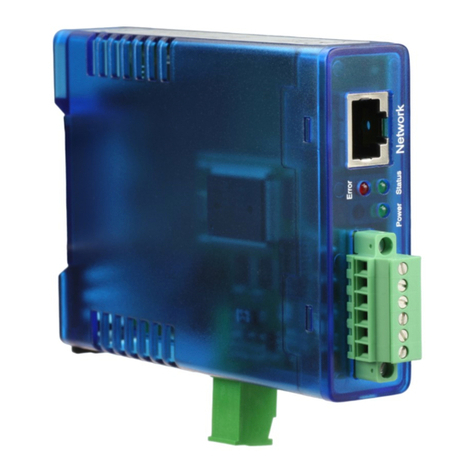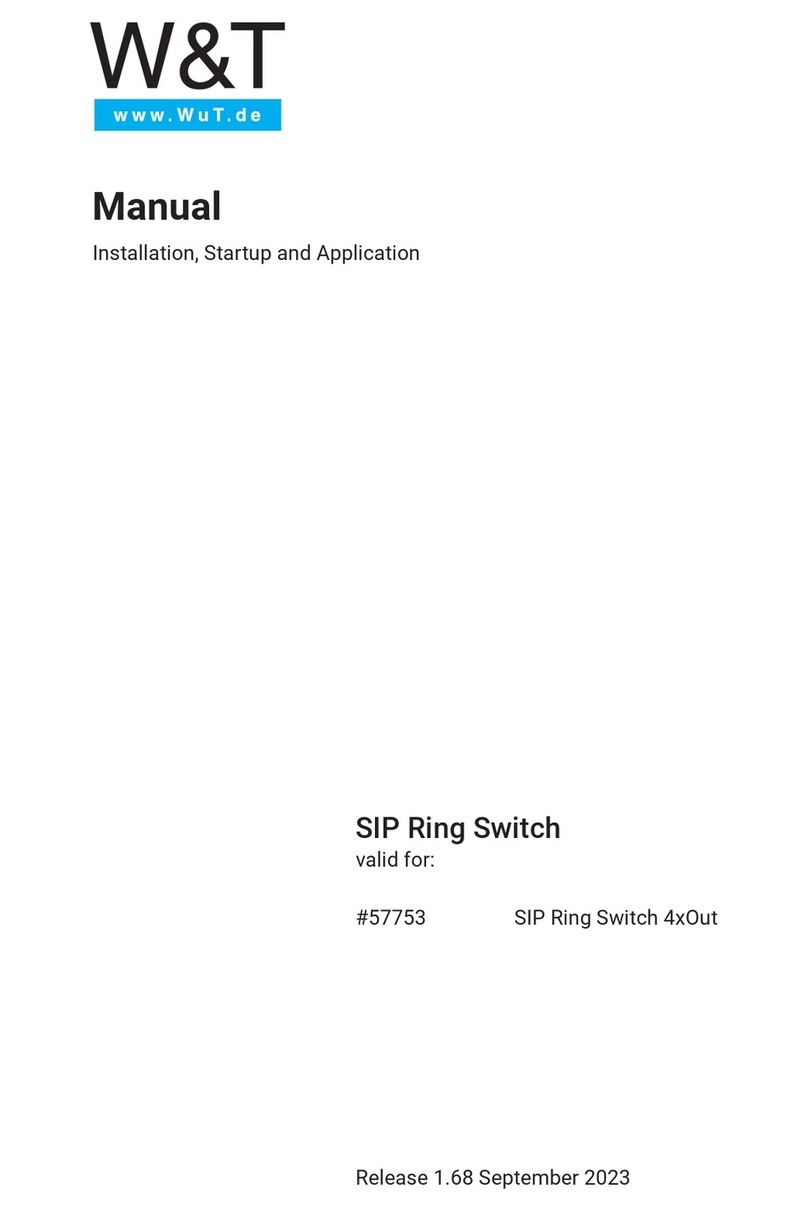
4
Inhalt
Network connection......................................................................................... 24
6. Initial start-up .................................................................. 25
Assigning the IP address ................................................................................. 25
Changing the set IP parameters ...................................................................... 26
7. Basic settings................................................................... 27
Conguring Inputs and Outputs....................................................................... 27
Date / Time....................................................................................................... 28
Language / Info ................................................................................................ 28
Password ......................................................................................................... 28
Certicates....................................................................................................... 29
8. Basic applications............................................................ 30
Browser access ............................................................................................... 30
Sending email................................................................................................... 32
Box-to-Box........................................................................................................ 33
9. Integration into existing systems..................................... 34
MQTT................................................................................................................ 34
REST 36
OPC DA............................................................................................................. 40
OPC UA............................................................................................................. 41
SNMP ............................................................................................................... 43
Modbus-TCP .................................................................................................... 44
10. Actions ........................................................................... 47
Trigger .............................................................................................................. 47
Actions ............................................................................................................. 49
11. Access from own applications ...................................... 53
Access using TCP/IP sockets.......................................................................... 53
12. Appendix ........................................................................ 56
Alternatives for IP address assignment .......................................................... 56
Firmware update .............................................................................................. 57
Emergency access ........................................................................................... 58
12. Technical data................................................................ 59






























